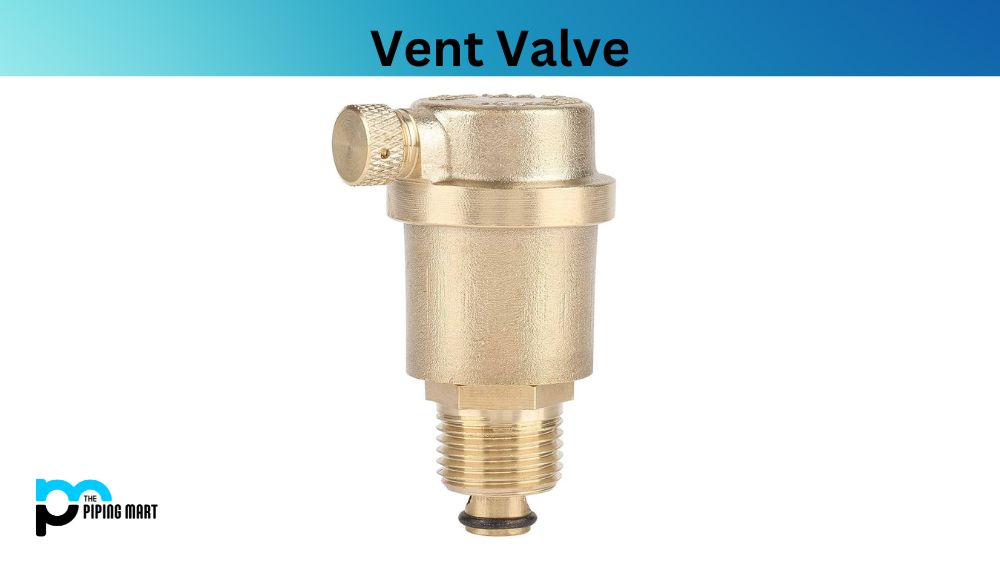Thermit welding is a process used to join two pieces of metal without the use of an electrical arc or gas flame. It is an efficient, cost-effective method that has been used for decades in many industries, such as construction and railroads. In this blog post, we will explore what Thermit welding is and how it works to provide strong, lasting joints between two pieces of metal.
What is Thermit Welding?
Thermit welding, also known as alumina-thermic welding, is a process that uses heat generated from the oxidation-reduction reaction between aluminium and iron oxide powder (thermite) to melt and fuse two pieces of metal together. The intense heat generated by the reaction melts both pieces of metal and then fuses them together after cooling. This process can be used for a variety of metals, including steel and cast iron.
History of Thermit Welding
The thermit welding process was invented in 1903 by German chemist Hans Goldschmidt. Goldschmidt was looking for a way to improve the efficiency of steel production and came up with the idea of using a thermit reaction to create a new type of welding process. The first thermit weld was completed in 1904, and the process has been used extensively in the construction and manufacturing industries ever since.
Thermit Welding Process
The first step in the Thermit welding process is to prepare the joint by cleaning off any rust or dirt from the metal surfaces to be joined. Once the joint area is clean, a thermit mixture containing aluminium powder and iron oxide powder (thermite) is poured into a mould around the joint area. A magnesium-aluminium alloy igniter rod heats up when ignited with a spark or flame, which causes an exothermic reaction in the thermit mixture that generates temperatures up to 4500°F (2500°C). This heat melts both pieces of metal, which then merge together once cooled down, forming one solid piece. Additionally, slag produced during the process helps fill any gaps between the two pieces of metal, providing additional strength to the welded joint.
Thermit Welding Uses
Thermit welding has many applications in different industries, including construction, manufacturing and transportation, due to its efficiency and cost-effectiveness compared to other methods like soldering or brazing. It can be used for joining rails on railway tracks for track maintenance; repairing machinery parts such as crankshafts; joining steel pipes; and creating custom shapes out of steel billets. Additionally, it can also be used underwater with special equipment, which makes it perfect for underwater repairs on ships or offshore structures where electric arc welding cannot be used safely due to its high-temperature sparks which may cause fires underwater.
Benefits of Thermit Welding
There are many advantages to using thermit welding over other types of welding processes. One advantage is that it does not require an external power source, as the heat is generated by the chemical reaction itself. Additionally, thermit welding can be used to join metals of different thicknesses and compositions, which makes it very versatile. Finally, thermit welding is very efficient and can be completed in a relatively short amount of time.
Conclusion:
Thermit welding offers many advantages over traditional methods, such as electric arc or gas flame welding, due to its portability, cost-effectiveness, safety, speed, quality, versatility, and ability to work in wet environments. Combining aluminium powder with iron oxide powder (thermite), this process allows two pieces of metal to be fused together quickly with minimal effort resulting in strong welds that last for decades. With so many benefits available from this process, there’s no wonder why thermit welding has been gaining popularity among engineers across all industries! If you are looking for an efficient way of joining metals together without expensive equipment or hazardous materials, then thermit welding may be your best bet!
Meet Heer, a dynamic and driven writer learning tricks of her trade in the metal industry. With a background in Digital Marketing, Heer brings a unique perspective to her writing, sharing valuable insights. Apart from blogging she like reading and hiking.




